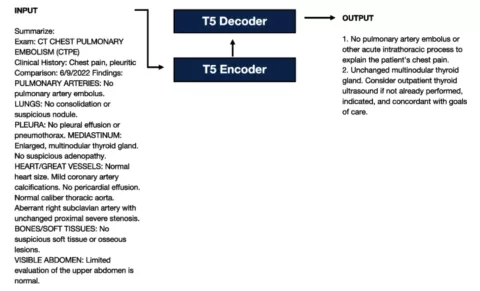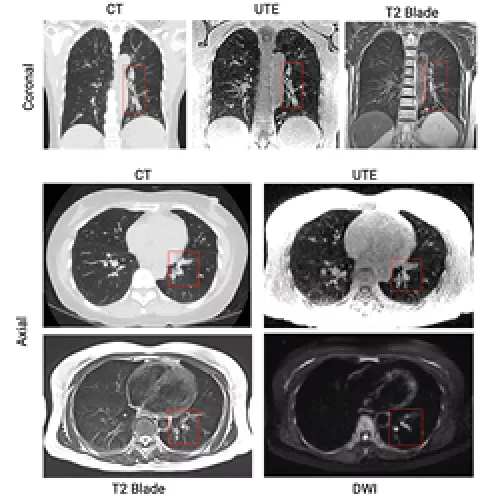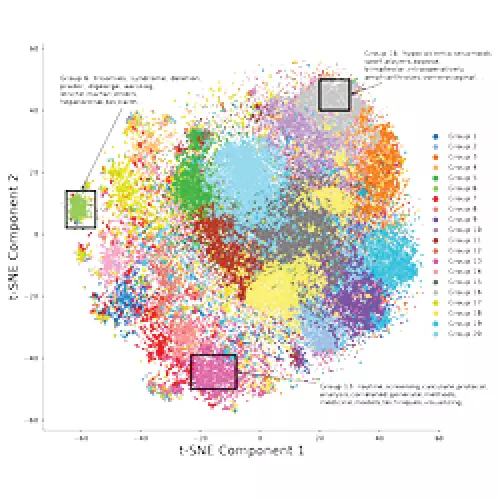

Deep learning and quantitative imaging biomarkers for lung cancer and interstitial lung disease.
Our laboratory has a track record in conducting both clinical research and data science research related to lung cancer and interstitial lung disease imaging. A major emphasis of our research is on developing and validating modern deep learning and quantitative imaging tools to enhance diagnostic accuracy, risk stratification, and prognostication of diseases based on imaging. Our laboratory has numerous in-house algorithms and has also partnered with industry partners to create, validate, and clinically translate advanced imaging and machine learning tools. While CT is our primary modality, we also incorporate other advanced techniques, including molecular imaging and MRI.
In the lung cancer screening space, our team collaborates closely with the lung cancer screening program and tumor boards at UCSF, ZSFG, and the San Francisco VA Medical Center (SFVA), ensuring a comprehensive and multidisciplinary approach to our studies. We have additionally successfully completed a prospective randomized controlled trial (lung cancer trials), such as those focusing on rapid rollover techniques to reduce pneumothorax following CT-guided lung biopsy.
In the interstitial lung disease space, we partner with multidisciplinary physicisn in the UCSF interstitial lung disease clinic to study imaging biomarkers and prognostication in interstitial lung disease. Specifically, our lab has an interest in the early detection and risk stratification of mild fibrosis known as interstitial lung abnormalities (ILA). By leveraging modern hardware and software tools, we seek to maximize diagnostic accuracy, especially at early disease stages, and make a difference in patient management when it can help the most.
Clinical Translation of Mid-field (0.55T) Lung and Cardiac MRI
We seek to clinically translate cutting-edge hardware and software innovations for cardiothoracic imaging. To this end, we are one of the leading clinical and technical centers for providing the 0.55T MRI for pulmonary and cardiac imaging in collaboration with clinicians and imaging scientists.
News coverage here.

Radiological Natural Language Processing
An important element of radiological interpretation is accurate, comprehensive, yet succinct communication of radiological findings captured in the form of radiological reports that would be made available to clinicians (and more recently, directly to patients). Although radiology is primarily an imaging-driven field, a substantial amount of text-based data allows our field to function robustly and must be studied in detail.
- How can we improve the communication of radiological findings to clinicians?
- With the Cures Act, radiology reports are released directly to patients with few exceptions. How do we ensure that the communication is accurate, effective, understandable, and not unnecessarily concerning from the patient's perspective?
The advancement in large language models, especially large vision language models, provides important potential solutions and additional opportunities for research involving text-based data in radiology. Our lab has also previously published multiple papers on engineering innovations that involve semantic search of radiology reports, automated dictation error detection, and automated protocoling. We have an extensive collaboration network with UCSF Computational Precision Health, Bakar Institute, and informatics colleagues, in addition to the UC Berkeley School of Engineering and multiple industry partners, to tackle these emerging challenges involving text-based data and communication in radiology.

